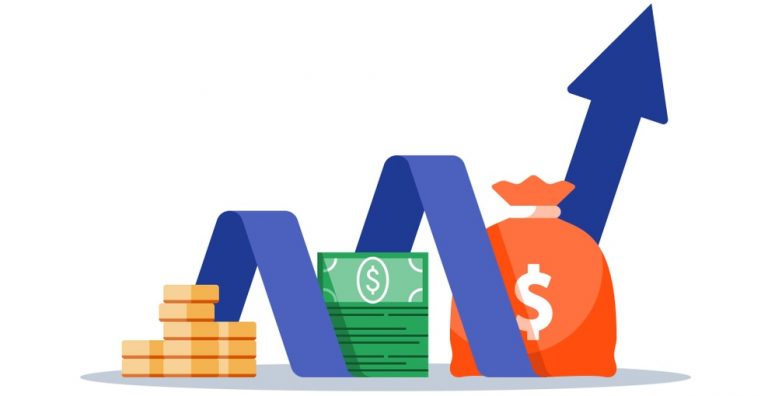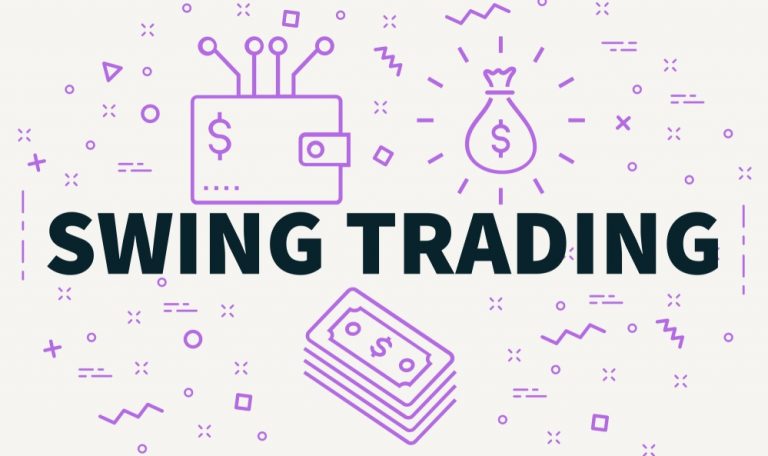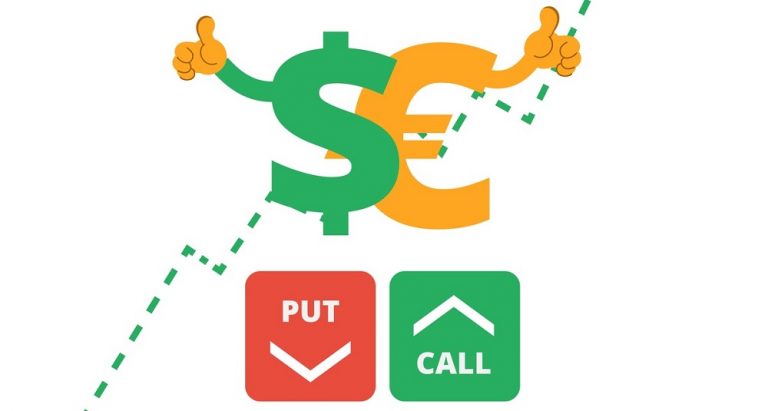
Diversification as a principle is primarily aimed at spreading the risk of a negative trade across multiple different asset classes and instruments. The theory underpinning diversity in trading holds that if 1 in 10 positions are likely to falter, it’s better to have 100 smaller positions and take 10 small hits than to have 10 positions with one massive loss, and by thinning out the chances of trading catastrophe by getting a critical trade wrong, you can start to better manage risk while exploring more innovative investment options.
Trading Diversification Example
The importance of diversification of your trading portfolio is explained in the following example. Imagine a trader with a sole investment interest in the banking and financial services sector. Over the last five years, the trader has got to know the inner workings of finance and banking stocks, and feels pretty comfortable in his ability to read the market and the major players within it, backing a number of key stocks across his portfolio. His exposure to the banking sector is 100% of trading capital, leveraging his particular specialisation in the field.
Roll on the banking crisis, and the unprecedented collapse of banking and financial shares. The above trader could foreseeably lose 100% of the value of his trading capital, and even worse if he’s heavily leveraged in these positions.
Consider the same trader, but with an exposure of only 10% to the banking and financial sectors, instead opting to diversify his portfolio across other industries to avoid overexposure. The result? A significant but non-critical 10% hit, with the remaining 90% of his portfolio still in tact to help offset the losses from the now defunct 10%. It is the diversity of the trader in this second scenario that has saved his trading portfolio from total ruin, and that will no-doubt mean he is in a position to continue trading beyond the collapse of one sector.
Applying Diversification in CFD Trading
Of course, diversification is not limited to sectors and industries, but should also be applied across the board to different asset classes and instrument types – even avid CFD traders should take care not to operate solely through the medium of contracts for difference. By segmenting your portfolio into a number of severable chunks which don’t depend on the success of any other, organised into low-risk, medium-risk and high-risk categories, it becomes possible to solidify the foundations of your trading account and minimise the impact of any particular collapse or bad investment decision.
Seeking diversity across your trading portfolio is one of those things that is worth the effort and hassle it brings to safeguard your capital from any one catastrophe. The chances of total economic meltdown are far less than the chances of one particular business or sector experiencing difficulties, and the more diversely you are spread, the more likely you are to avoid the rot.
As a general rule of thumb, you should aim to ensure you are as diverse as you can manage without sacrificing any profit potential, in addition to hedging and setting tight stops to minimise your risk profile and increase your chances of successful trading.






